UK: Maghreb Poplar Hawkmoth, D: Riesenpappelschwärmer
Smerinthus austanti Staudinger, 1877, Petites Nouv. ent. 2: 190.Type locality: Nemours [Ghazaouet], Algeria.
(Taxonomic notes. (i) Laothoe austauti is a good biospecies, but one which is closely related to Laothoe populi (Linnaeus, 1758); this is in agreement with the findings of Eitschberger et al. (1989). F1 hybrids between Laothoe austauti and Laothoe populi populi (either way) are intermediate between both species. These hybrids, when back-crossed with either parent species, produce F2 hybrids in which the genitalia are slightly to severely atrophied -- a phenomenon which was noted earlier by Denso (1913b) -- and of which the pupae rarely overwinter and tend to produce a preponderance of males. Furthermore the adult male genitalia and early stages are distinct from those of Laothoe populi. This split is supported by a 4% difference in DNA barcodes (marker: COI) between the two species (Zolotuhin, 2018).
(ii) The original spelling used by Staudinger, 1877, Petites Nouvelles Entomologiques 2: 190, was actually "austanti", although he did try to rectify this error in the very next issue on page 203 (Staudinger, 1878). Kitching & Cadiou (2000: 129) (STI18788) stated: "It is clear in retrospect that the original spelling of Smerinthus austanti Staudinger (1877: 190) is incorrect and that Staudinger intended to name the species in honor of the son of Jules-Leon Austaut. However, Article 32(c)(ii) of the [Third Edition of the International] Code [of Zoological Nomenclature (1985)] states that there must be evidence of an inadvertent error within the original publication itself in order for an original spelling to qualify as an "incorrect original spelling" that must then be corrected. Recourse cannot be made to external sources of information. There is no evidence in sources of an intentional error in Staudinger's paper. Indeed, Staudinger referred to Austaut twice as "M. Austant". Furthermore, Bellier de la Chavignerie (1878) used spelling austanti in a reply paper in the very next issue of Petites Nouvelles Entomologiques. Unfortunately, therefore, the original spelling of austanti must stand". However, the incorrect (but accurate) subsequent spelling, austauti, has been in prevailing usage since 1878 and so under Article 33.3.1 of the Fourth Edition of the International Code of Zoological Nomenclature (1999), this subsequent spelling and its attribution to Staudinger (1877) are to be preserved and austauti deemed to be the correct original spelling. This name is also applicable to the spring generation form (Ian Kitching, Sphingidae Taxonomic Inventory, 2023).)Holarctic; western Palaearctic region. Pleistocene refuge: Monocentric -- Mauritanian subsection of the Mediterranean refuge. Part of the present-day relict Mauritanian faunal element centred on the Middle and High Atlas Mountains (see de Lattin, 1967).
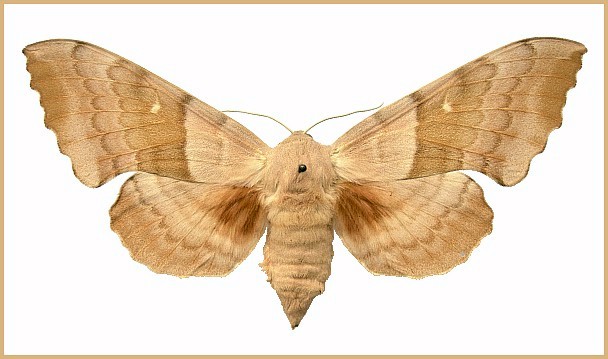
Wingspan: 95--120mm. Considerably larger and generally paler than Laothoe populi populi, although manifesting all the colour forms of that species, with a dark brown form (f. brunnea Huard) being quite common. In the male, the antenna more triangular in cross-section and compressed than in Laothoe populi populi; apical lobes of the sacculus more triangular (pointed); uncus obviously broader.
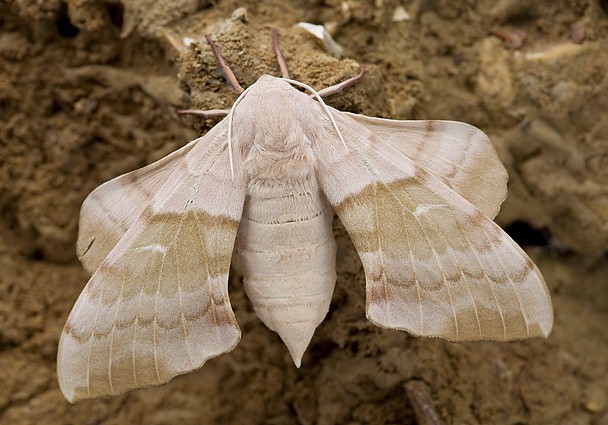
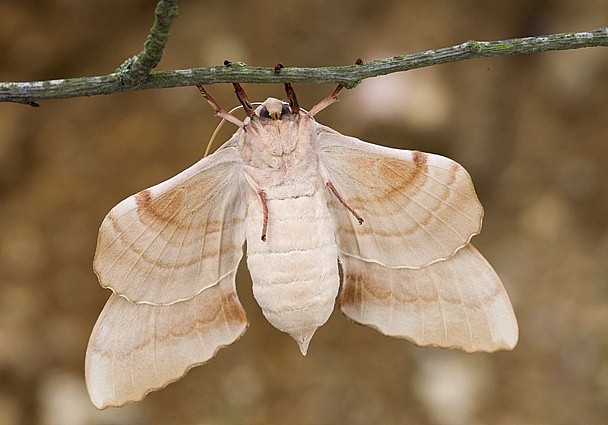
Frequents poplar- and willow-lined streams and rivers, even in desert areas; also fields, plantations and oases.
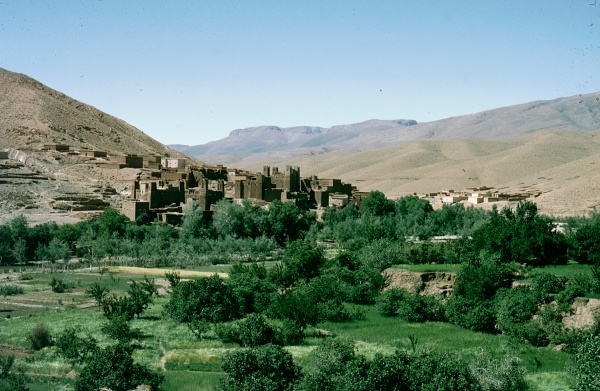
Usually bivoltine; April/May and July/August. In some years there is a third brood.
OVUM: Identical to that of Laothoe populi populi, but slightly larger.
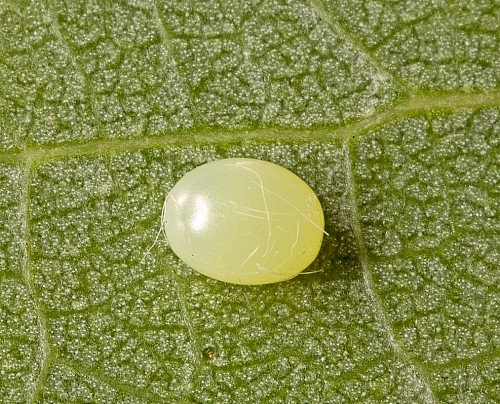
LARVA: Full-fed 90mm. Dimorphic: green and bluish white.
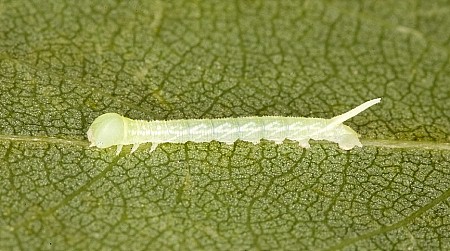
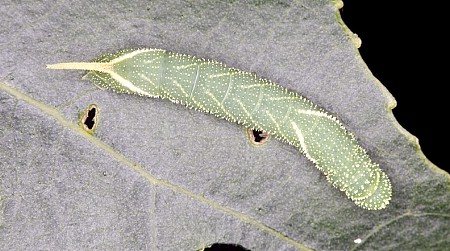
The newly emerged larva is about 6mm long and pale green. The rough body is covered with fine yellow tubercles and yellow spots, upon which there are seven yellow, oblique lateral stripes and a noticeable dorso-lateral line of the same colour. The head is rounded and the long horn pale orange.
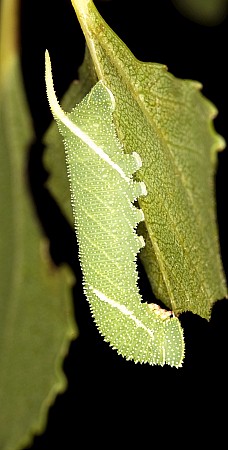
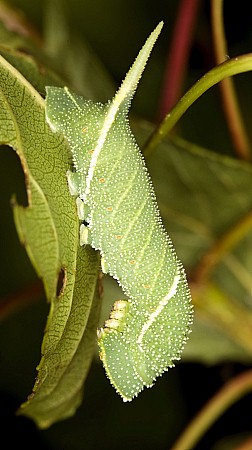
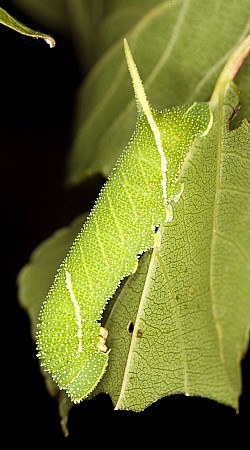
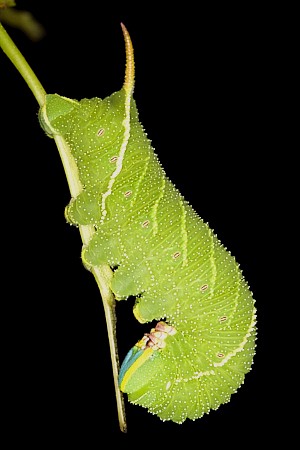
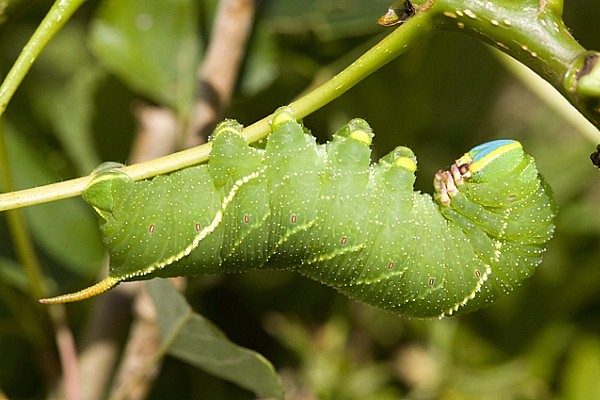
In most individuals, this colour scheme and pattern persists into the fourth instar, with the horn becoming stouter and the head more pointed. The first and last oblique side-stripes become much more prominent than the rest. The yellow cheek-stripes become more pronounced and the dorso-lateral line disappears in the second instar. In the bluish white form these markings are paler, almost white.
When full-grown, much larger than Laothoe populi populi, and very stout. The area within the now orange, inverted V-mark on the forehead is glossy and blue in colour. Compared with Laothoe populi populi, the horn is mainly orange but dorsally blue-green, more glossy, longer and cylindrical in cross-section.
Found from April until October, usually high in a tree, rarely near ground level.
Hostplants. Species of Populus and Salix, including most of the introduced cultivars.
PUPA: 45--55mm. More reddish than Laothoe populi populi but in shape similar to Smerinthus ocellatus (Linnaeus, 1758); in colour and texture very similar to Mimas tiliae (Linnaeus, 1758). Pupation takes place up to 10cm deep in the soil. The overwintering stage.
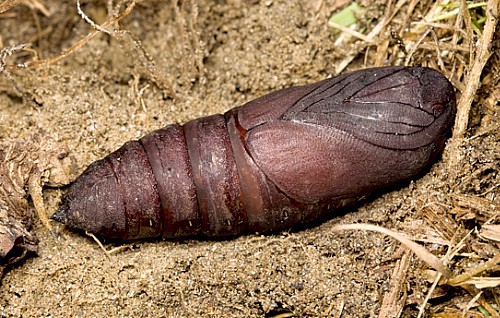
Encyrtidae: Ooencyrtus telenomicida (Vassiliev, 1904).
The Atlas Mountains and coastal plains of Morocco (Bleton, 1938), Spanish North Africa, e.g. Melilla (Gastón & Vives Moreno, 2023), northern Algeria and Tunisia, and the neighbouring desert areas (Oberthür, 1916; Rungs, 1981; Pittaway, 1983b).
Extra-limital range. None.
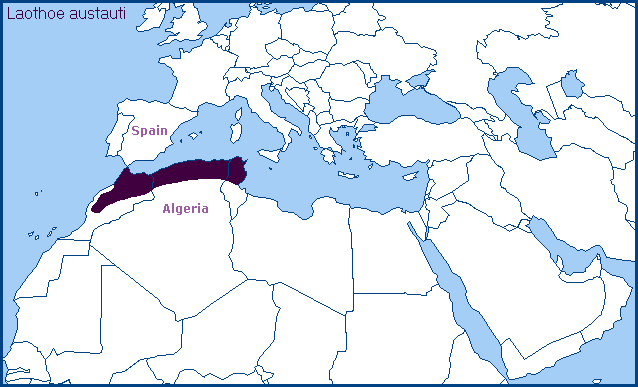
 Return to species list
Return to species list